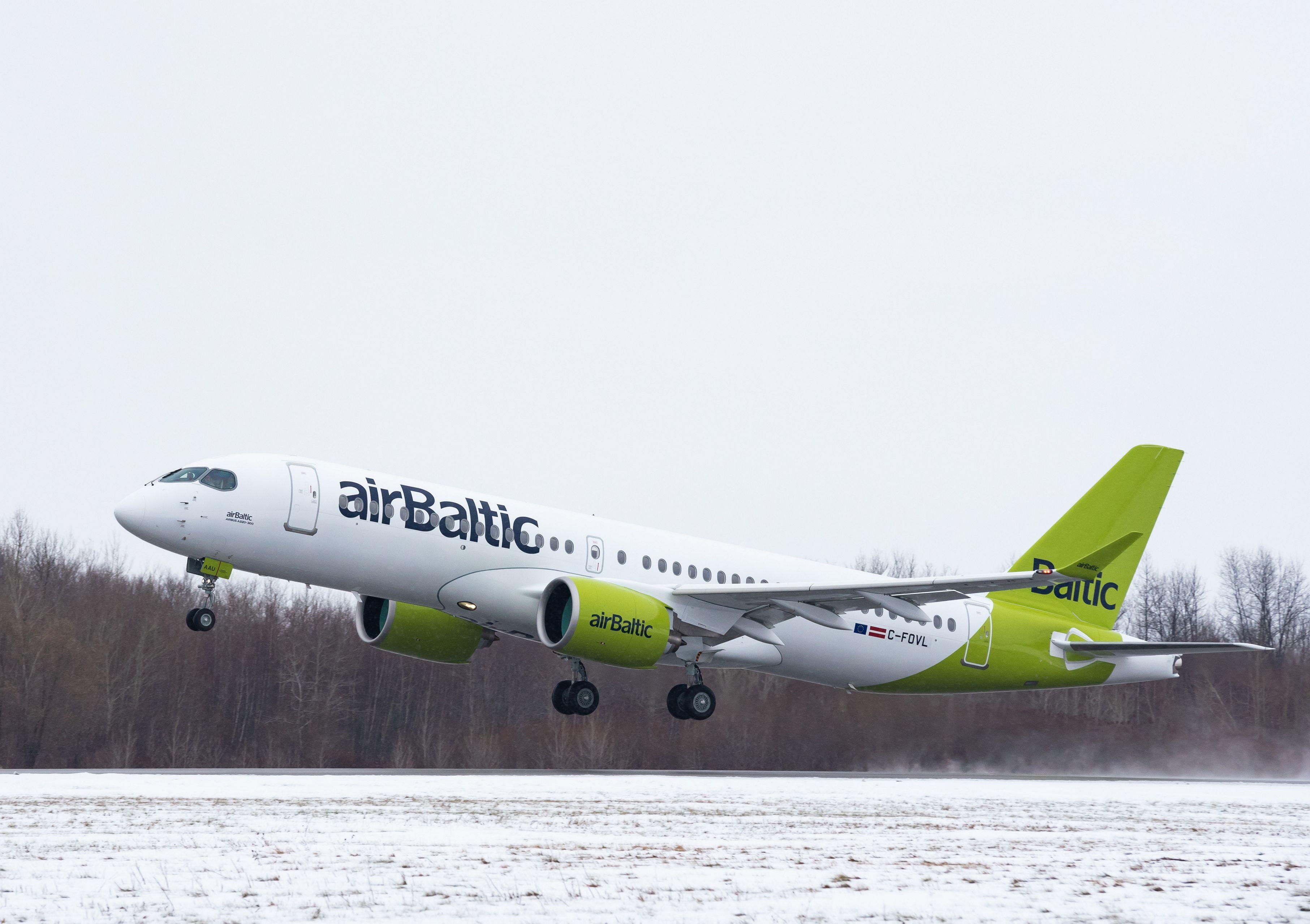
When any new aircraft is launched into the market, the headline items from the manufacturer describing the new product usually relate to parameters such as how much more efficient the engines are, how much fewer the emissions will be, and how much lower the overall operating costs will be in terms of trip costs and seat-mile costs. With fuel accounting typically representing 25% of an airline’s costs, emphasis on that parameter is hardly surprising.
Further down in the documentation will be some of the through-life costs which customers can expect from the new aircraft. According to IATA, the maintenance, repair and overhaul (MRO) of aircraft still accounts for 10% of an airline’s cost structure, so anything that can be done to reduce MRO costs on a new type is valuable.
In the area of crossover narrowbody jets, the aircraft involved are still relatively new. The Airbus A220-100 – still then in its former guise as the Bombardier CS100 – entered revenue service in July 2016 with Swiss International Air Lines, while its larger sibling, the A220-300 (née CS300) carried its first revenue paying passengers in December of that year on an airBaltic flight.
For the Embraer E-Jets E2 family, the first into service was the E190-E2 with Norway’s Widerøe in April 2018, while the E195-E2’s first revenue flight was in October 2019. The smaller E175-E2 is still in its flight test programme.
The OEMs behind the two families took the opportunity to ensure that their aircraft were easier to maintain, the A220 being a clean-sheet design and the E2 family essentially being clean sheet ‘under the skin’.
One area of improvement is scheduled maintenance. Every minute on the ground not transporting passengers is money lost to an airline, so the fewer times an aircraft has to come out of operation for servicing, the better. Thus the E190-E2, according to Embraer, is designed to have “the longest maintenance intervals among single-aisle aircraft with 10,000 flight hours for basic checks and no calendar limit for typical utilization. This means an additional 15 days of aircraft utilization over ten years compared with the previous generation of E-Jets”.
When a scheduled MRO event does come along, the maxim of a grounded aircraft losing money still applies, so aircraft need to be turned around swiftly. Design teams for both the A220 and E-Jet families employed digital mock-ups and virtual reality (VR) to ensure improved accessibility to components and line replaceable units (LRUs). Obviously, in a structure as complex as an aircraft, there will be a need to remove some modules in order to reach others, but the use of VR at the design stage significantly reduced the need for such actions.
The global launch customer of the A220-300, airBaltic, now has more than four years of operational experience. Andris Vaivads, the airline’s senior vice-president of technical operations, highlights one of the main differences in ease-of-maintenance compared with older aircraft types that airBaltic used to operate, namely “the extensive use of electronics and computers”.
“The Airbus A220-300 is designed with fly-by-wire flight control technology,” Vaivads notes. “Electrical cables have replaced the pushrods and cables used on the older aircraft. This aircraft also comes with an electric braking system – brake data concentrator units (BDCUs), electric motor actuator controllers (EMACs) and electrical wiring replace hydraulic lines and related hydraulic equipment, and electric motor actuators (EMAs) replace hydraulic pistons. These changes meant all our mechanical engineers and B1 certifying staff had to broaden their expertise and gain additional training and knowledge in these matters.
“Structure-wise, the main benefit of the A220-300 is its use of composite materials. The center wing box, outer wing skin and empennage elements are made of carbon fiber reinforced polymer (CFRP), while for older aircraft mostly sheet-metal repairmen had to be involved, now we have to get our composite repairmen involved more often,” adds Vaivads.
“The Airbus A220-300 is one of the easiest aircraft in its class for line maintenance,” the SVP continues. It has an Onboard Maintenance System (OMS) and a Health Management System (HMS) integrated in its design. The Health Management Unit (HMU) installed on the A220-300 records around 5,000 flight and aircraft system operation-related parameters, at the same time OMS assists with detecting and troubleshooting aircraft problems by collecting data from specific components of the avionics and aircraft systems. Whenever deviation from the normal system operation is detected, the system generates a fault, which is not only recorded on the aircraft, but also transmitted via ACARS (Aircraft Communications Addressing and Reporting System) directly to the airBaltic maintenance team.”
Similar maintenance innovations are, of course, being – or have been – implemented on aircraft in other market segments. But the level of maintainability featured on these crossover narrowbody jets has raised the bar considerably for types of this capacity, adding value for their operators by reducing their MRO costs.





